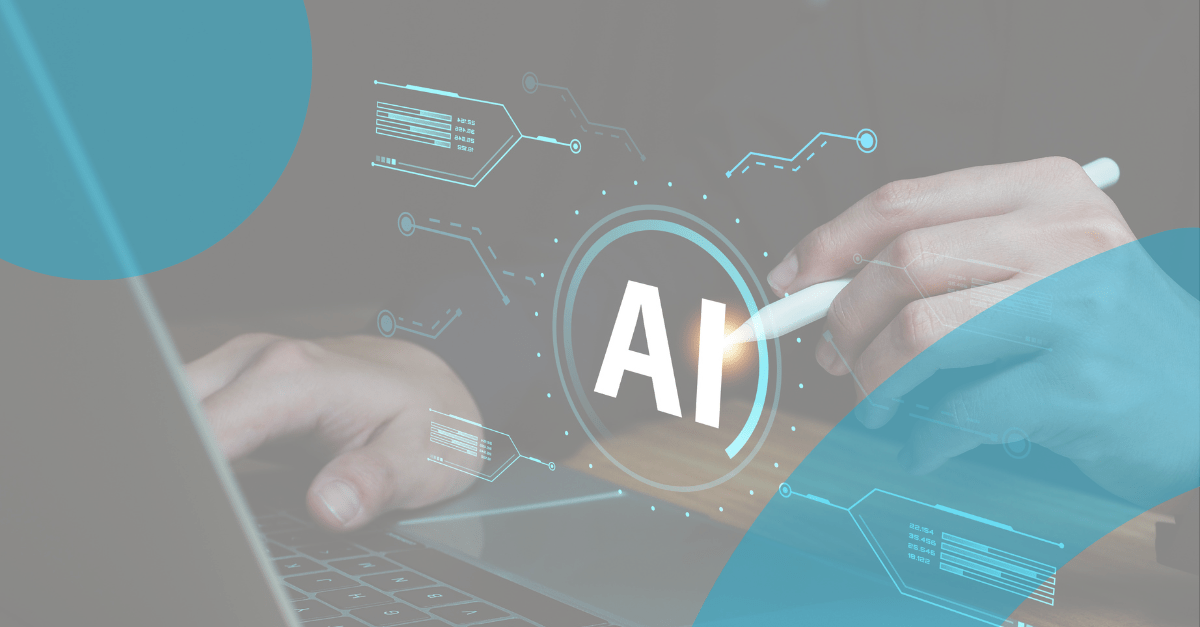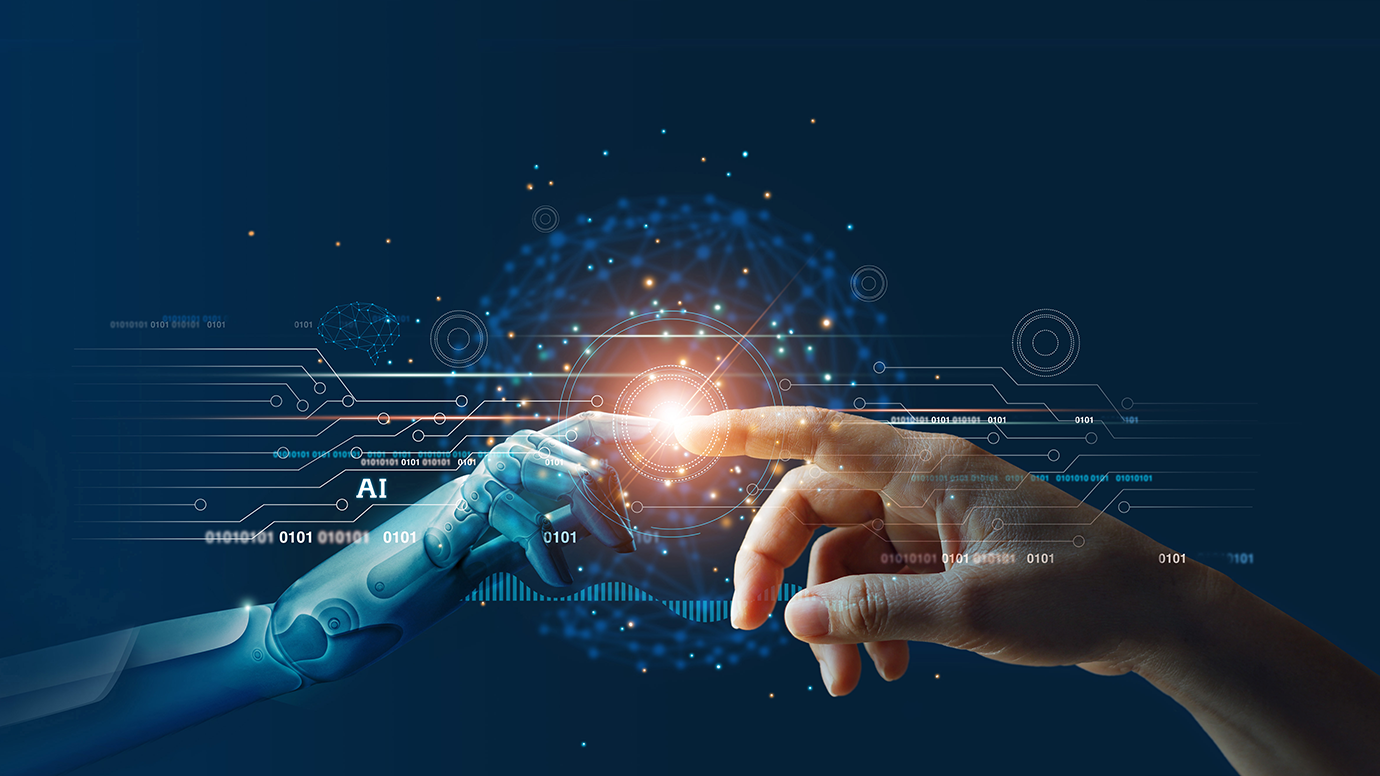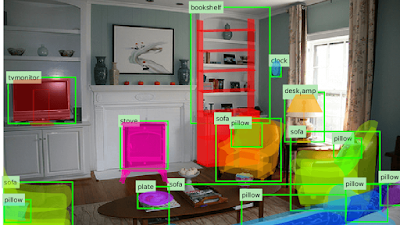Introduction to AI Readiness
Artificial intelligence (AI), in the quickly changing technology world of today, is becoming more and more prevalent across a range of businesses. AI is revolutionizing industries, from healthcare to banking, by streamlining operations and increasing productivity. As a business owner or manager, it is crucial to understand the impact of AI and ensure that your company and employees are prepared for this technological shift. This article will guide you through the concept of AI readiness, its benefits, strategies for upskilling your workforce, and the challenges you may encounter along the way.
Understanding the Impact of AI on Businesses
Artificial intelligence has the power to completely change how companies operate. It can automate repetitive tasks, analyze massive amounts of data for insights, improve decision-making processes, and enhance customer experiences. By embracing AI technologies, companies can gain a competitive edge, increase productivity, reduce costs, and unlock new growth opportunities. However, it is essential to have an in-depth understanding of how AI can impact your specific industry and business model. Conducting a thorough analysis of AI use cases and success stories in your industry will help you identify the areas where AI can bring the most value to your organization.
Benefits of AI Readiness
Being AI-ready offers numerous advantages for your company and employees. Firstly, it enables you to stay ahead of the curve by adapting to the changing technological landscape. Companies that embrace AI early on are better positioned to capitalize on the opportunities it presents. Secondly, AI readiness can significantly improve operational efficiency. By automating repetitive tasks, AI frees up employees’ time, allowing them to focus on more complex and value-added activities. More output and more effective resource management result from this. Additionally, AI can enhance decision-making processes by providing data-driven insights and predictions. Armed with this information, companies can make more informed strategic decisions that drive growth and profitability.
Assessing Your Company’s AI Readiness Level
Before diving into AI implementation, it is crucial to assess your company’s current AI readiness level. This assessment will help you identify gaps, prioritize areas for improvement, and develop a roadmap for AI integration. Start by evaluating your company’s data infrastructure. Is your data readily accessible, clean, and well-structured? Adequate data management is the foundation for successful AI implementation. Next, assess your company’s digital capabilities. Do you have the necessary technological infrastructure to support AI initiatives? Evaluate your IT systems, software, and hardware to ensure they can handle AI workloads effectively. Lastly, evaluate your company’s organizational culture and leadership support for AI adoption. For AI integration to be successful, there must be a culture that values change and creativity.
Identifying AI Skills Gaps in Your Workforce
To ensure AI readiness, it is crucial to identify any skills gaps within your workforce. AI technology requires specific skills such as data analysis, machine learning, programming, and domain expertise. Conduct a skills assessment within your organization to identify employees who possess these skills and those who require upskilling. This assessment can be done through interviews, surveys, or online assessments. Once you have identified the skills gaps, you can develop a comprehensive training plan to bridge these gaps and equip your employees with the necessary AI skills. This could involve providing internal training programs, partnering with external training providers, or encouraging employees to pursue relevant certifications or higher education.
Strategies for Upskilling Employees for AI Readiness
Upskilling your employees for AI readiness is a critical step in preparing your company for the technological shift. Here are some strategies to consider:
- Internal Training Programs: Develop internal training programs tailored to your company’s specific AI needs. These programs can include workshops, seminars, and online courses to educate employees on AI concepts, tools, and applications.
- External Training Providers: Collaborate with external training providers specializing in AI to offer your employees access to industry-leading training programs. These providers often offer certifications that validate employees’ AI skills and enhance their professional development.
- On-the-Job Training: Encourage employees to work on AI projects or shadow AI experts within your organization. This hands-on experience will help them gain practical knowledge and build their AI expertise.
- Continuous Learning: Foster a culture of continuous learning and encourage employees to stay updated with the latest AI advancements. This can be done through book clubs, knowledge-sharing sessions, or subscriptions to relevant AI publications.
Implementing AI Technologies in Your Company
Once your company and employees are AI-ready, it is time to implement AI technologies. Start by identifying the specific areas in your business where AI can bring the most value. This could be automating customer service, optimizing supply chain processes, or improving data analytics. Conduct a cost-benefit analysis to determine the feasibility of AI implementation in each area. Once you have identified the most promising use cases, develop a detailed implementation plan. This plan should include milestones, timelines, resource allocation, and a clear communication strategy. Collaborate with your employees and relevant stakeholders to ensure a smooth and successful AI implementation.
Challenges and Roadblocks to AI Readiness
While the benefits of AI readiness are substantial, there are also challenges and roadblocks that organizations may face. One of the primary challenges is the fear of job displacement. Many employees may be concerned that AI will replace their jobs, leading to resistance and reluctance to embrace AI technologies. Organizations need to communicate the potential of AI as a tool to augment human capabilities, rather than replace them. Another challenge is the lack of AI talent in the job market. As AI adoption increases, the demand for skilled AI professionals also rises. Organizations may struggle to attract and retain top AI talent, leading to skills gaps within their workforce. Addressing these challenges requires a proactive approach, including effective change management, employee engagement, and strategic talent acquisition and development.
AI Readiness Success Stories
To further illustrate the importance of AI readiness, let’s explore some success stories from organizations that have embraced AI. Company XYZ, a leading e-commerce platform, implemented AI-powered recommendation systems to personalize customer experiences. This resulted in a significant increase in customer engagement and sales. Likewise, Company ABC, a healthcare provider, integrated AI algorithms into their diagnostic processes, improving accuracy and reducing diagnosis time. These success stories highlight the transformative power of AI and the competitive advantage it can bring to organizations that are AI-ready.
Conclusion: Embracing AI Readiness for Future Success
In conclusion, AI readiness is no longer an option but a necessity for businesses in today’s technology-driven world. By understanding the impact of AI, assessing your company’s readiness level, upskilling your employees, and implementing AI technologies strategically, you can position your company for future success. Embrace AI as a tool to augment human capabilities, enhance operational efficiency, and unlock new growth opportunities. By investing in AI readiness today, you are preparing your company and employees for the technological shift that will shape the business landscape of tomorrow.






